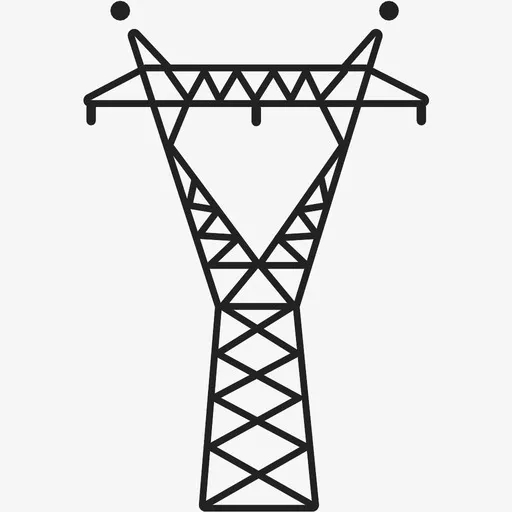Overhead transmission lines are the main components of the power system and transmission network. It undertakes most of the industrial and domestic power transmission tasks and is also the most fault-prone part of the power system. The common faults are classified according to their nature, which are mainly divided into transient faults and permanent faults. The transient faults mainly include flashovers caused by lightning overvoltages and short circuits caused by birds. Permanent faults are mostly due to weather or the equipment itself. Causes such as icy weather or line aging caused by instantaneous overvoltage breakdown of transmission line insulation devices, equipment installation, storms, earthquakes and other problems caused by permanent short circuit of transmission lines. According to their specific categories, they can be divided into horizontal and vertical faults. The horizontal faults are mainly single-phase, two-phase and three-phase short circuits, and the longitudinal faults are mainly one-phase and two-phase disconnection problems. These faults can easily cause the transmission line to trip. Wait for accidents, so it is necessary to find out the cause of the failure as soon as the failure occurs, solve the problem in a targeted manner, or take preventive measures for a certain failure in advance.

Birds often land on overhead transmission lines for rest, but they are also harmful to transmission lines. Their hazards mainly come from flashovers caused by nesting, flying, and bird droppings. Most of the materials used by birds to build nests on transmission lines are branches. Branches have little effect on the line in dry weather. Once it encounters rainy weather, the nests are easily blown off by the wind on the wires or insulators, which can easily cause overhead In the case of a short-circuit to the ground of the transmission line, serious accidents may occur, such as the burning of the ground wire; and the branches and other objects held by the bird during the flight are also easy to fall on the transmission line, once these objects land on the insulator ring or the tower When the gap between the insulation and the conductor, it is very easy to form a line fault, and when the bird droppings fall on the cross arm of the tower, it will cause the pollution of the line insulator, and it will be easy to produce flashing in humid weather or foggy weather. Network accident.
When lightning weather strikes overhead transmission lines, it is easy to form an overvoltage inside the line. This overvoltage is also called external overvoltage because it originates from outside the power system. It is usually divided into induced and direct lightning overvoltages. It is easy to cause flashover and tripping inside the line, and lightning flashover discharge is mainly caused by tripping, which will form more obvious discharge traces on the surface of the insulator of the transmission line. Generally speaking, the insulator will be affected by lightning and discharge. When the iron part is melted, the surface of the porcelain material will be burnt and fall off, and the original glass material will directly form network cracks. Lightning strikes may cause permanent faults in the transmission line. Such faults are usually caused by the complete shedding of the porcelain insulators of the transmission lines, broken lightning rods, or broken ground wires during the lightning strike. It may also return to the insulation properties after the switch is reclosed. The main reason for this phenomenon is that the air insulation can automatically restore the insulation. After the air insulation is broken down, it can restore itself to re-form the insulating air gap.
The icing of the line is mainly caused by severe snow or storm weather, as well as the influence of temperature and humidity. Under this phenomenon, the air changes greatly, and it is easy to adhere to the ice layer on the surface of the line, and the ice layer will gradually decrease with the temperature. Thicker, once the ice layer is formed, it will cause excessive load on the transmission line, ice flash of insulators, etc., which will cause tower deformation, tower collapse, or insulator damage and flashover failure. The load is mainly caused by the weight of the line and the ice coating. Weight and wind generation, in certain circumstances, the transmission line will have a larger amplitude and frequency diagnosis, that is, galloping, which will have a direct impact on the safe and reliable operation of the transmission line.
















 RCCN WeChat QrCode
RCCN WeChat QrCode Mobile WebSite
Mobile WebSite